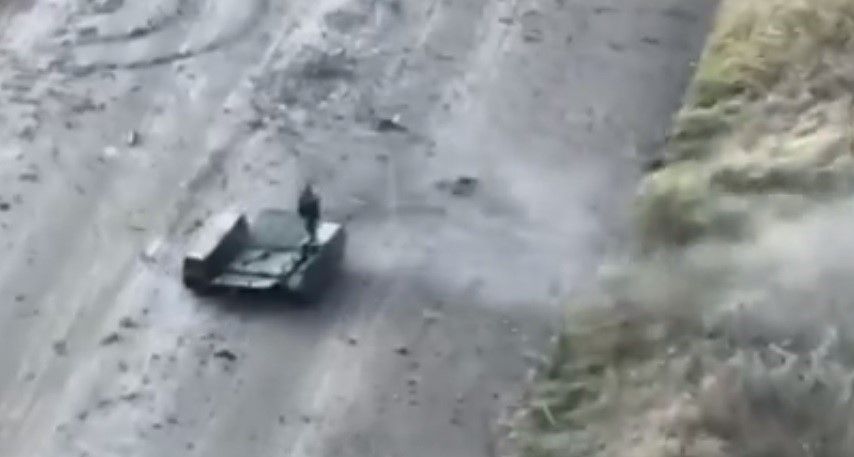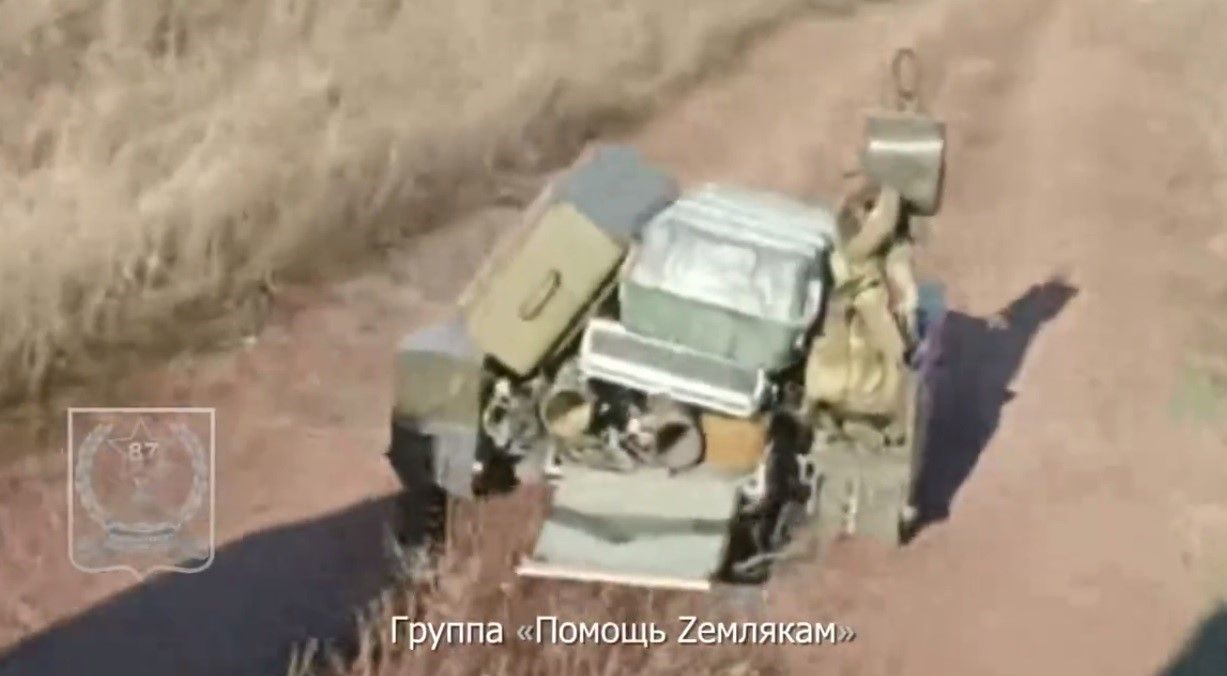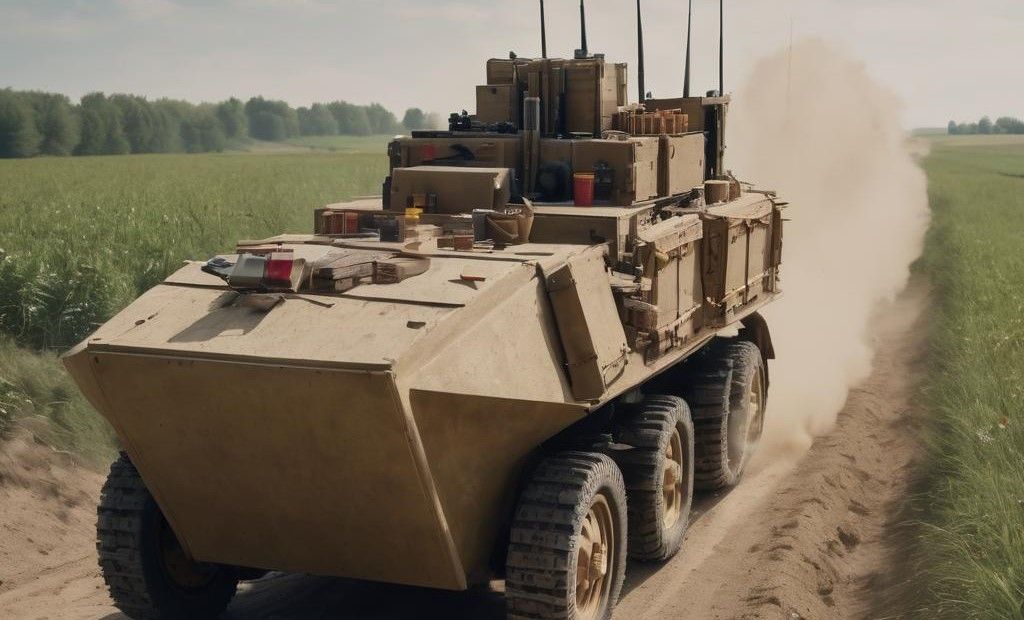Russians Boast of Ground Drone Use in Support Role
Is this the beginning of the ground drone wars?

Every solider knew that warfare had changed forever when, during the Battle of the Somme in 1916, the first tanks crossed no-man’s land.
The autumn of 2023 may also be a significant date in the development of weaponry as video evidence emerges of Russian troops using robotic vehicles at the frontline.
As the industry journal Defense News reports, “A Kremlin-affiliated Telegram channel recently published a clip purporting to show a Russian unmanned ground vehicle, or UGV, delivering supplies to front-line troops while avoiding strikes by Ukrainian mini-drones and transporting a wounded soldier, though the evacuation is never clearly shown.”
Given the speedy progress and success that flying and floating drones have made since the Russian invasion it is of little surprise that ground operated drones are now being used. Ironically, the increased number of flying drones has increased the need for their land-based cousins, as it is now increasingly dangerous for troops to move around, especially in daylight and without cover.

In addition to the danger of being spotted by loitering ‘eyes-in-the-sky’, being able to evacuate wounded soldiers or transport essential supplies to the frontlines without risking a driver’s life is an invaluable capability.
As Sam Bendett, a researcher at the US-based Center for Naval Analyses explains, “Because of so many drones operating in the air, both surveillance and first-person-view ones, moving around has become very difficult for both sides. So regular tasks like logistics, supply and evacuation are in danger of getting discovered and attacked by drones.”
So far, there is only limited understanding of what standard of UGV the Russians possess, with some analysts believing that only homemade ground drones are being used – rather than industrially manufactured and professionally designed units.
Commenting on the latest video released to Telegram showing a Russian robotic uncrewed vehicle carrying a seemingly wounded soldier, Federico Borsari, a fellow at the Washington-based Center for European Policy Analysis, described the ground drone as, “a simple, almost artisanal system rather than an industrially produced one. The Telegram channel also shows pictures of suspensions, rubber tracks and engine components bought off the shelf and delivered directly to units in Ukraine.”
Bendett agrees that what he has seen is a “simple, DIY platform” rather than an advanced autonomous UGV.

That said, the footage does show the ground drone has a low centre of gravity and tracks prove to be very stable and highly manoeuvrable.
“The vehicle’s basic design seems to be approximately 1.5 meters in length and 1.20 meters in width, with two extensible plates on the front and rear of the middle section to carry a single soldier,” observes Borsari. Adding that while rudimentary in design, its deployment is a watershed moment that signals the start of a new trend. “The vast array of UGV prototypes that Russian companies are working on is a clear signal that Moscow considers this segment as an important one for its future military capabilities,” he adds.
Autonomous machines have already proven to be invaluable in reconnaissance, surveillance, and combat operations by eliminating the need for a human presence on the battlefield and thus lowering the risk to soldiers' lives while providing real-time intelligence and firepower.

As technology improves, providing more advanced sensors and better artificial intelligence algorithms, then later UGVs can have precise targeting and strategic in-situ decision-making.
However, concerns regarding the ethical implications and potential for escalation in conflicts persist. As the use of uncrewed ground drones expands, it is crucial to consider their impact on the direction warfare is taking. No one wants to see Death Robots marching across the battlefield, but with both sides deeply locked in a long-running war of attrition, compromise and reason is in short supply.
And as long as the war continues, then ground drones will continue to evolve.

